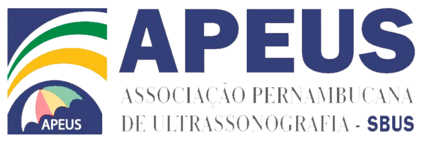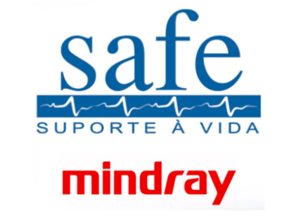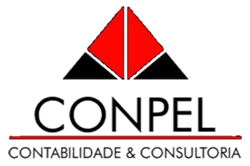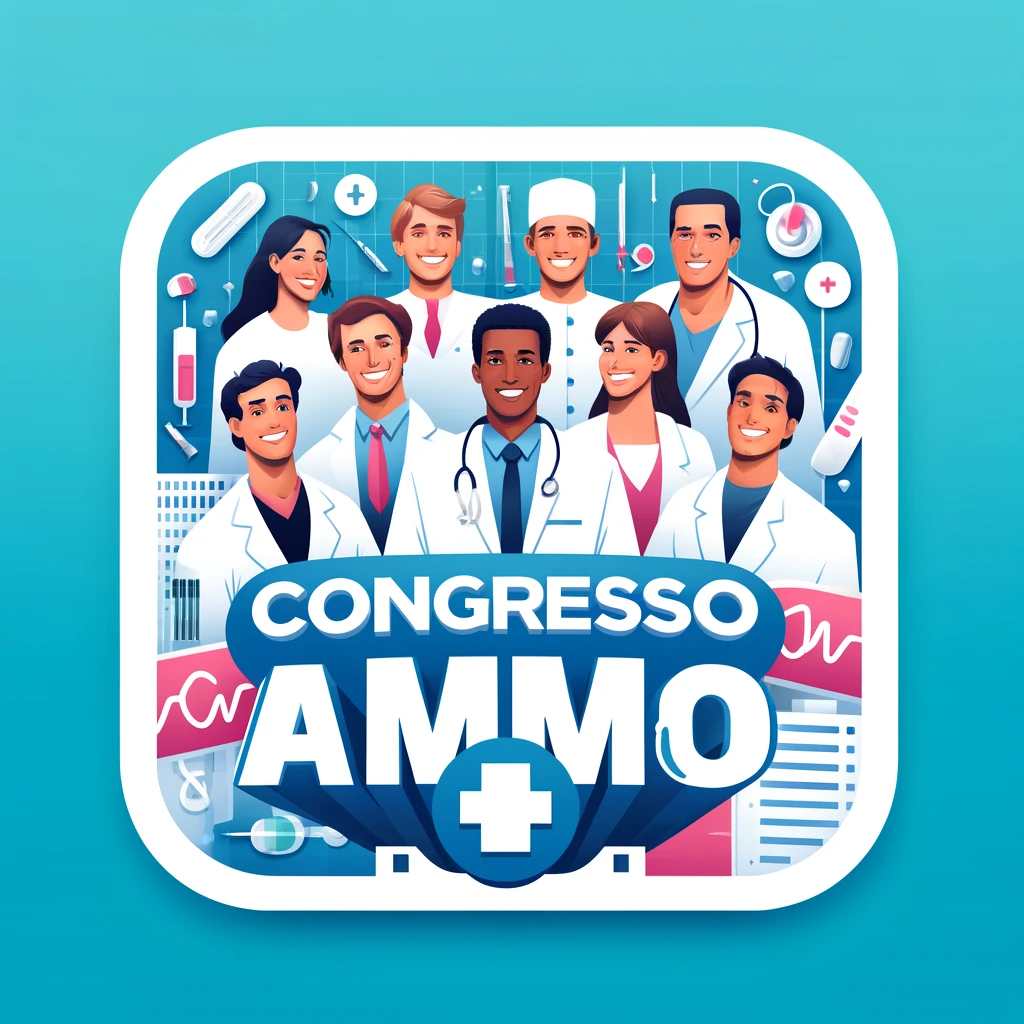Systemic Nephrogenic Fibrosis and Contrast
02/08/2017 17:14
Gadolinium (resonance contrast) is one of the safest contrast today. However, it needs some care especially in patients with renal failure (IR).
Today, there is a restriction in the use of gadolinium in patients with acute or chronic severe RI (estimated creatinine clearance <30 mL / min / 1.73 m2).
But What is creatinine clearance?
It is the result of mathematical formulas that allow an estimated glomerular filtration rate (GFR), that is, of renal function ("of the functioning of your kidney"), therefore presenting a more accurate result than the isolated value of the creatinine reported by the laboratory in its blood analysis.According to the recommendations of the European Society of Urogenital Radiology (ESUR) Contrast Media Safety Committee , gadolinium-based gadolinium-based contrast agents, gadopentetate dimeglumine and gadoversetamide are contraindicated for patients with GFR <30 mL / min, including dialysis. ESUR suggests that creatinine levels be measured in all patients prior to the injection of these three types of gadolinium.
The low-risk gadolinium-containing contrasts for the development of systemic nephrogenic fibrosis are gadobutrol, gadoterado meglumina and gadoteridol. These agents should be used with PRECAUTIONS in patients with GFR <30 mL / min) and with at least 7 days between two injections. It is important to note that gadolinium contrast agents should be used in this patient only if the indication is vital and only using intermediate or low risk agents.
Ok, and What is systemic nephrogenic fibrosis?
The term nephrogenic refers to the fact that it is especially related to patients with kidney disease. The term "systemic" emphasizes the systemic nature of fibrosing disorder , being the most prominent visible effects observed on the skin, but it can also be observed in the "heart", lung pleura, muscles , nerves.
The disease can be progressive and fatal. And there is no definitive cure yet.
What other groups deserve attention too?
Caution is also suggested in the use of gadolinium in children under one year of age and pregnant . In case of women to breastfeed should be discussed with the doctor to waste the milk for 24 hours. This topic will be best discussed in another topic.
However, common sense is always needed when assessing risk versus benefit of contrast media in this context. The patient's participation in this decision is indispensable.
Note:
The information posted on this site should not be considered medical advice. Do not forget that Medicine is a science in constant transformation and countless works and evidences are modified every day.
If you are a non-medical reader, consult your physician about any medical issues related to diseases, conditions, symptoms, diagnosis, treatment and side effects.













